Hyundai has discontinued the AE-series Ioniq hatchback in Australia, with the final lot to be imported by the end of this year to meet existing orders.
Launched some two years after breaking cover in other parts of the world in 2016, the ageing electrified small-car series was Hyundai’s trailblazing answer to the Toyota Prius, which coincidentally has also been dropped this week in Australia.
However, unlike the hybrid-only Prius, the AE Ioniq was offered in three powertrain options, making it a unique proposition for buyers, particularly on a budget: Hybrid (petrol-electric), PHEV (Plug-in Hybrid Electric Vehicle) and Electric (battery EV).
These varying electrified options made the Ioniq the first car in history to do so when launched in Australia. It also received significant updates inside and out in late 2019 – just a year or so after the local launch – with the Electric also gaining a larger battery with water rather than air cooling for better efficiency and improved longevity.
The culling of the AE is merely the end of the beginning for the Ioniq badge, since Hyundai is now free to concentrate on the burgeoning Ioniq sub-brand as previously announced, that has already seen the successful 5 crossover, 6 sedan due later this year and 7 SUV coming in 2024.
Hyundai Motor Company Australia (HMCA) spokesperson, Guido Schenken, added that the discontinuation of the AE Ioniq does not mean the end of Hyundai hybrids in Australia.
“That is not the case," he said. "We’re working to getting the Tucson hybrid to Australia… but there’s nothing to announce right now.”
It is also understood that Hyundai may transfer the AE Ioniq’s trio of electrification options through to the next-generation Kona small SUV. Due next year, it is rumoured to go hybrid, PHEV and, as with the current version, Electric, to supplement a continuing internal combustion engine line-up.

Whether there is a relationship with the next Kona and recently-announced second-gen Kia Niro is unknown. The original Niro that's about to be replaced was based on the AE Ioniq and largely mirrored its mechanical specification.
The AE Ioniq helped launch HMCA’s EV strategy in Australia, with the Electric surprising some observers as the bestselling version of the range throughout its short life in this market.
Along with the rest of the range but especially the latter, AE also become a favourite among fleet and government buyers seeking a relatively inexpensive and dependable eco vehicle.
The loss of the AE Ioniq range in Australia comes at a time when sales year-on-year are up over 200 per cent compared to 2021, with 333 units registered to the end of April. Since its August, 2018 debut here, over 2000 have found homes in this country.





.jpg)






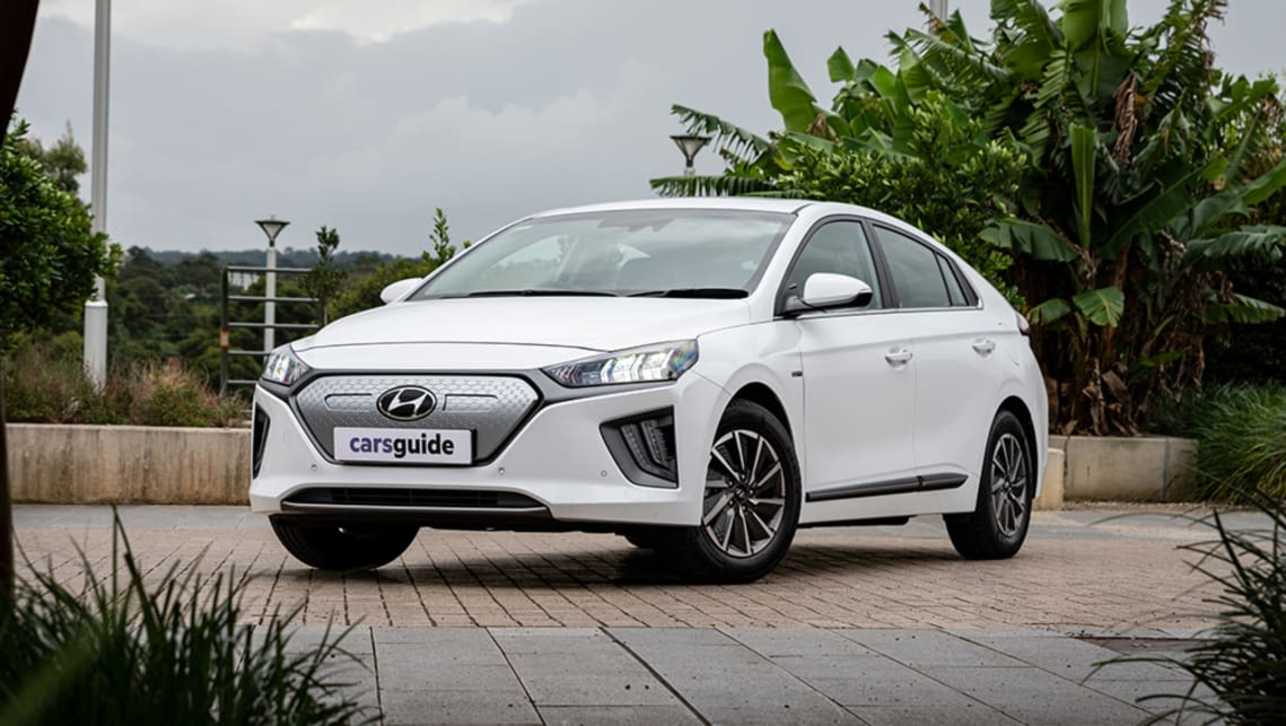
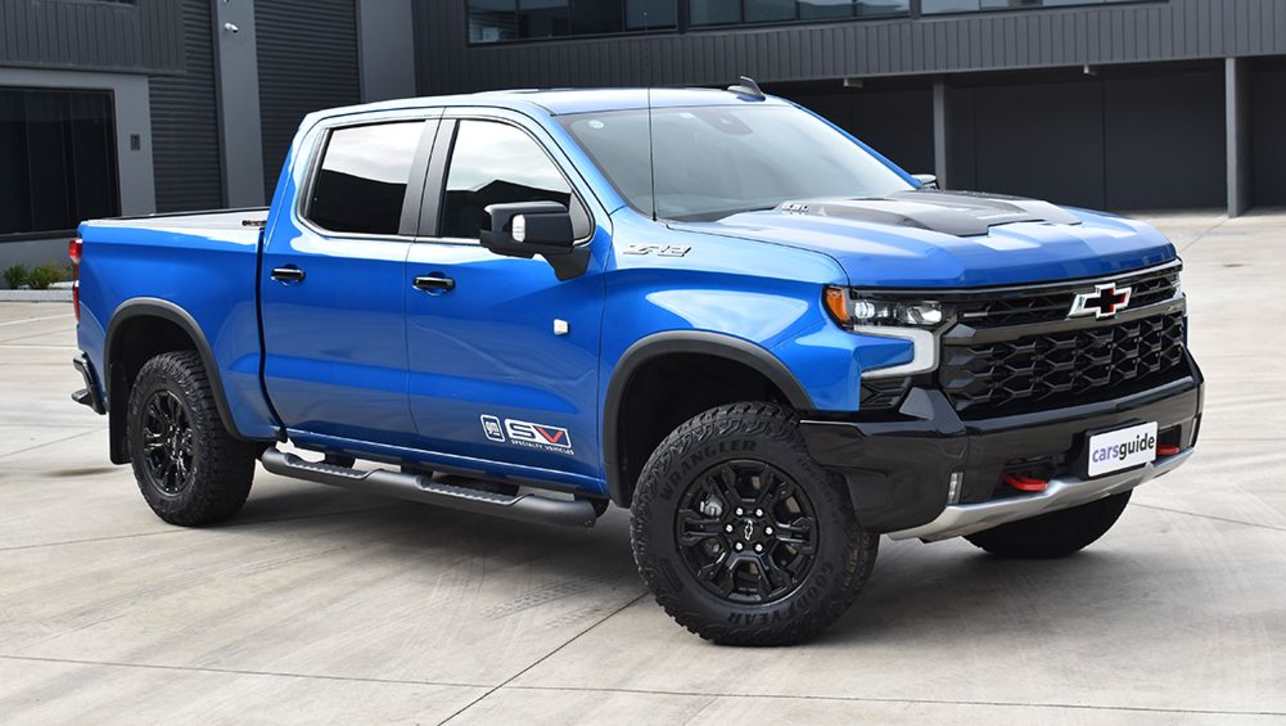
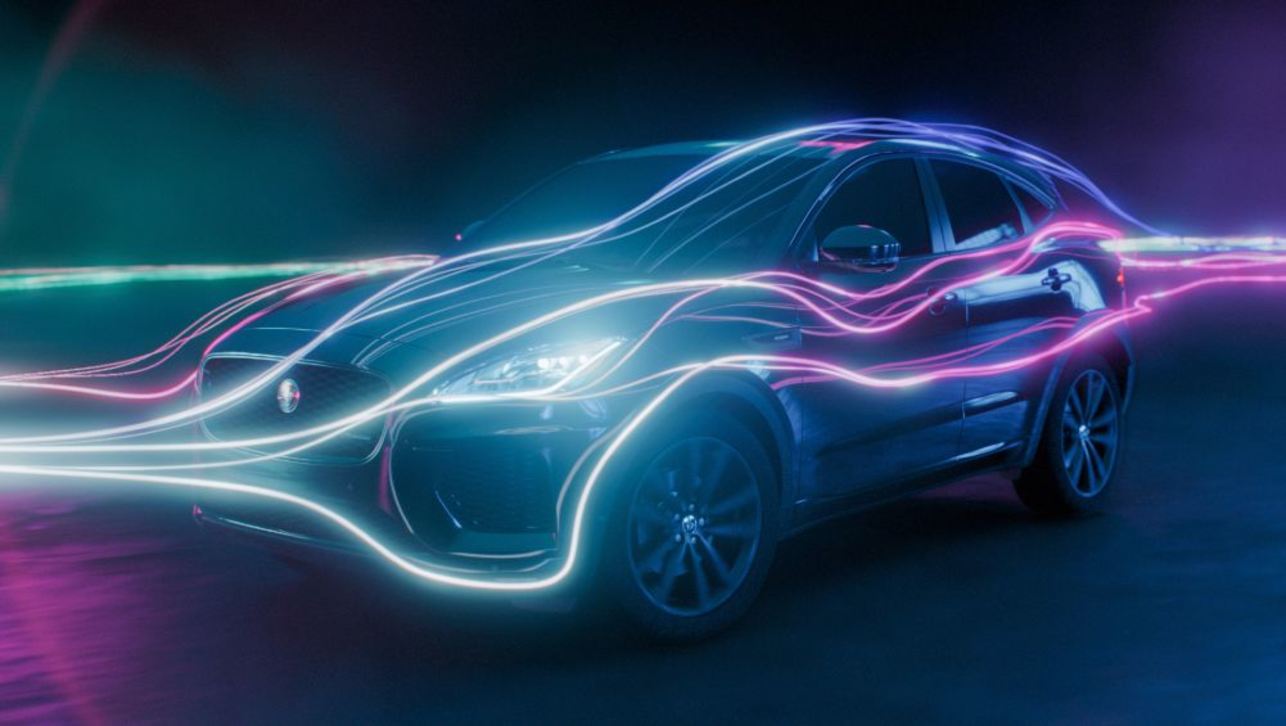
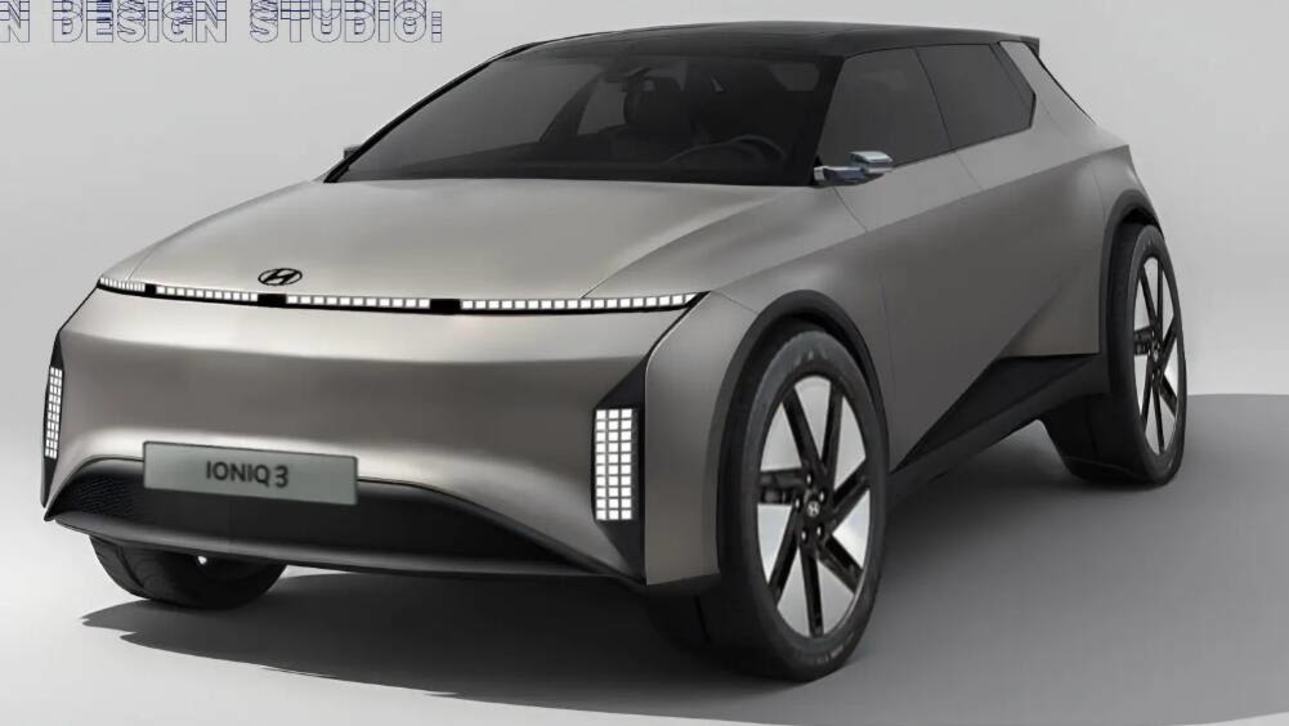
.jpg)
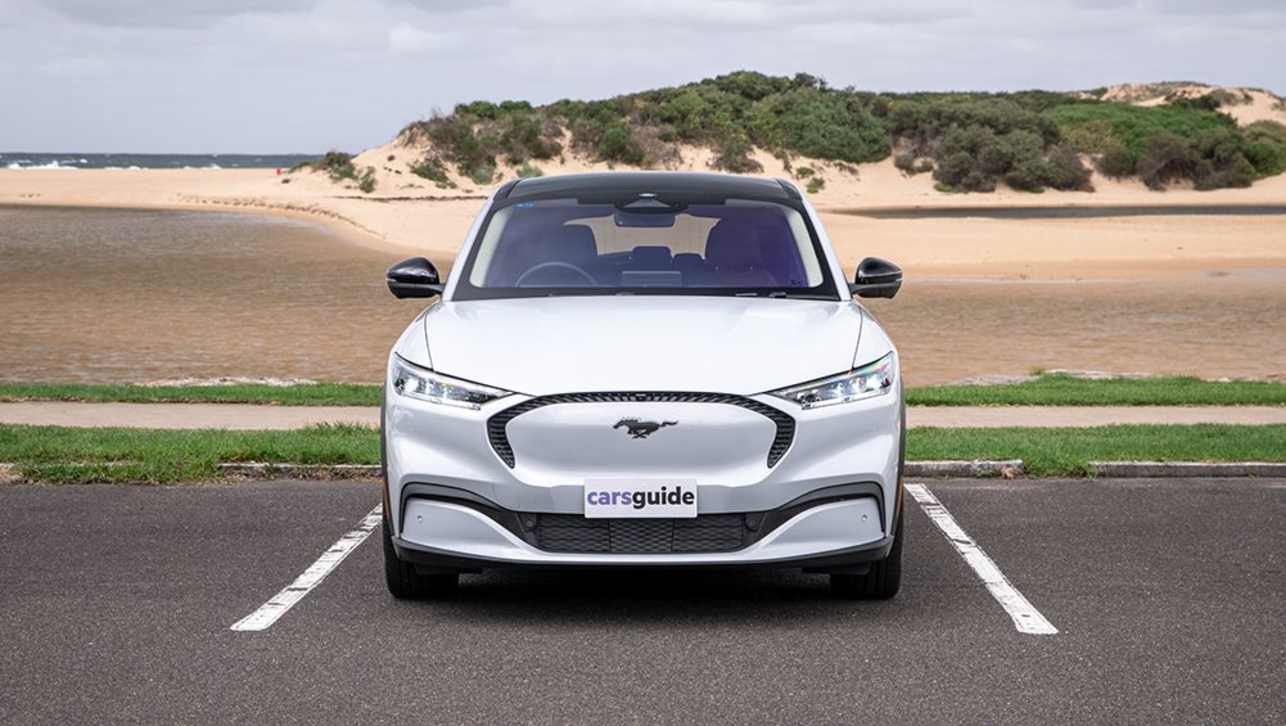
.jpg)


.jpg)
.jpg)
.jpg)
.jpg)
.jpg)


.jpg)

Comments